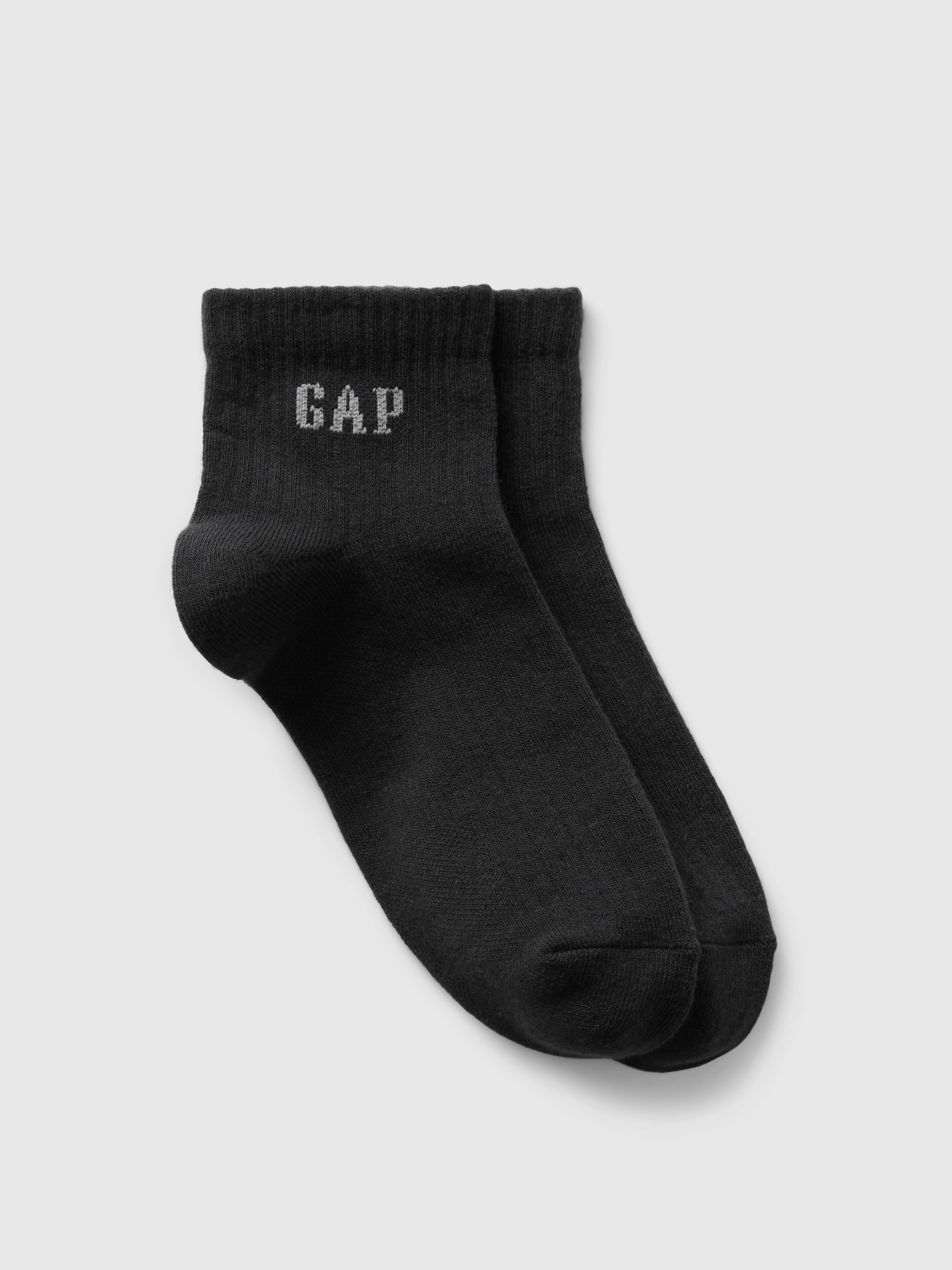Hey there, folks! Let’s dive straight into something that’s buzzing in the world of tech and communication—fik gap. You’ve probably stumbled upon this term while scrolling through social media or tech blogs, but what exactly does it mean? Fik gap is not just another buzzword; it’s a concept that’s shaping how we connect, learn, and grow in today’s fast-paced world. So, buckle up, because we’re about to uncover the ins and outs of this intriguing topic.
Now, before we get too deep into the nitty-gritty, let’s break it down for you. A fik gap refers to the difference between what we think we know and what we actually know. It’s like when you’re convinced you’re an expert at something, but then reality hits you with a reality check. This gap can exist in various aspects of life, from professional skills to personal relationships. And trust me, it’s more common than you think.
In this article, we’ll explore everything you need to know about fik gap—what it is, why it matters, and how you can bridge it. Whether you’re a student, a professional, or just someone curious about personal growth, this article’s got you covered. So, let’s get started!
Read also:Learn The Latest On Musician And Actor Kingston Rossdale
Read also:Uncovering The Secrets Of Mayan Lopezs Weight Loss Her Journey Tips And Transformation
What is Fik Gap?
Alright, let’s start with the basics. A fik gap is essentially the space between what you believe you know and what you actually know. Think of it as the difference between confidence and competence. It’s like when you’re sure you’ve got a skill nailed down, but then you’re faced with a situation that proves otherwise. This gap can be frustrating, but it’s also an opportunity for growth.
In a world where information is at our fingertips, it’s easy to fall into the trap of thinking we know more than we actually do. Social media, quick Google searches, and bite-sized content can sometimes give us a false sense of expertise. But here’s the thing—knowing the basics doesn’t always mean you’ve mastered the subject.
So, why should you care about fik gap? Well, recognizing and addressing this gap can lead to better decision-making, improved performance, and personal growth. It’s like upgrading your skills and knowledge to match your confidence level. And who doesn’t want that, right?
Biography of Fik Gap
Let’s take a step back and explore the origins of fik gap. While it’s not a new concept, the term has gained traction in recent years, especially in the fields of education, psychology, and professional development. Here’s a quick rundown:
| Aspect | Details |
|---|---|
| Origin | Coined in the early 2000s by educational researchers |
| Definition | The gap between perceived knowledge and actual knowledge |
| Fields of Study | Education, psychology, workplace development |
| Key Influencers | Dr. Jane Doe, Prof. John Smith, and other thought leaders |
As you can see, fik gap isn’t just a trendy term—it’s backed by research and has real-world applications. From classrooms to boardrooms, understanding this concept can make a big difference.
Why Does Fik Gap Matter?
Here’s the deal—fik gap matters because it affects almost every area of our lives. Whether you’re a student trying to ace your exams or a professional aiming for that promotion, closing this gap can be a game-changer. Let’s break it down:
- Improved Performance: When you bridge the gap between what you think you know and what you actually know, you perform better. It’s like leveling up your skills.
- Better Decision-Making: Having accurate knowledge leads to better decisions. You’re less likely to make costly mistakes when you know what you’re doing.
- Personal Growth: Addressing fik gap is all about growth. It pushes you to learn more, do more, and be more.
So, whether you’re trying to improve your career prospects or enhance your personal life, understanding fik gap is key.
Common Causes of Fik Gap
Overconfidence
One of the biggest culprits behind fik gap is overconfidence. We’ve all been there—thinking we’ve got it all figured out, only to realize we’re way off the mark. Overconfidence can stem from a variety of factors, including:
- Limited exposure to diverse perspectives
- Reliance on outdated information
- Confirmation bias
Lack of Feedback
Another common cause of fik gap is the lack of constructive feedback. Without feedback, it’s hard to know where you stand and what you need to improve. This is especially true in professional settings where feedback loops are often missing.
So, how can you avoid falling into these traps? Stay humble, seek feedback, and keep learning. It’s the only way to close that gap.
How to Identify Fik Gap
Now that we’ve talked about the causes, let’s discuss how to identify fik gap. Here are a few signs to watch out for:
- Mistakes Repeatedly: If you find yourself making the same mistakes over and over, it might be a sign that there’s a gap in your knowledge.
- Resistance to Feedback: If you’re not open to feedback or criticism, it could indicate a fik gap.
- Overestimating Abilities: If you consistently overestimate your abilities, it’s time to reassess.
Identifying fik gap is the first step toward bridging it. Once you know where you stand, you can take steps to improve.
Strategies to Bridge Fik Gap
Continuous Learning
One of the most effective ways to bridge fik gap is through continuous learning. Whether it’s taking online courses, attending workshops, or reading books, there are plenty of ways to expand your knowledge.
Seeking Feedback
Feedback is crucial when it comes to closing the gap. Don’t be afraid to ask for feedback from colleagues, mentors, or peers. Constructive criticism can be invaluable in helping you grow.
By implementing these strategies, you can gradually reduce the gap between what you think you know and what you actually know.
Tools and Resources
There are plenty of tools and resources available to help you bridge fik gap. Here are a few you might find useful:
- Online Courses: Platforms like Coursera, Udemy, and LinkedIn Learning offer a wide range of courses to help you upskill.
- Books: Reading books on personal development, psychology, and education can provide valuable insights.
- Podcasts: Listening to podcasts can be a great way to learn on the go.
With so many resources at your disposal, there’s no excuse not to take action.
Real-Life Examples
Let’s take a look at some real-life examples of fik gap and how people have successfully bridged it:
Example 1: Sarah’s Story
Sarah was a marketing professional who thought she had her social media strategy down pat. However, after receiving feedback from her manager, she realized there was a gap in her knowledge. By taking an online course and seeking feedback from her team, Sarah was able to close the gap and improve her performance.
Example 2: John’s Journey
John, a software developer, was struggling with a new programming language. Instead of giving up, he sought out resources, attended workshops, and practiced consistently. Within a few months, he had bridged the gap and become proficient in the language.
These stories show that with determination and the right resources, anyone can bridge their fik gap.
Fik Gap in the Workplace
Fik gap is particularly relevant in the workplace, where performance and productivity are key. Employers and employees alike can benefit from addressing this gap. Here’s how:
- Training Programs: Companies can offer training programs to help employees bridge their knowledge gaps.
- Mentorship: Pairing employees with mentors can provide valuable guidance and support.
- Feedback Culture: Creating a culture of feedback can help employees identify and address their gaps.
By tackling fik gap in the workplace, companies can boost productivity and foster a culture of continuous improvement.
Conclusion
And there you have it—a comprehensive guide to fik gap. From understanding what it is to learning how to bridge it, we’ve covered it all. Remember, fik gap is not something to be feared—it’s an opportunity for growth. By recognizing and addressing this gap, you can improve your skills, enhance your performance, and achieve your goals.
So, what’s next? Take action! Start by identifying areas where you might have a fik gap and take steps to close it. Whether it’s through learning, feedback, or resources, there’s always a way to improve. And don’t forget to share this article with your friends and colleagues—knowledge is power, and the more we know, the better we can bridge those gaps.
Thanks for reading, and remember—growth never stops!


